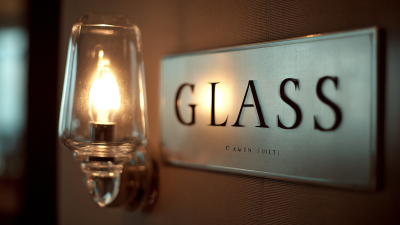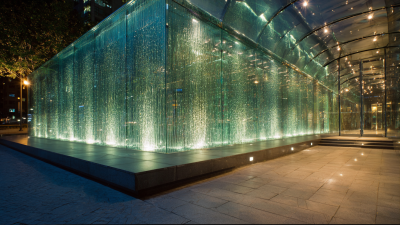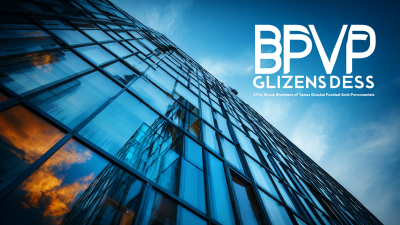
In an era where safety regulations are becoming increasingly stringent, selecting the appropriate fire-resistant glass for your building requirements has never been more critical. According to a report by the National Fire Protection Association (NFPA), fire incidents account for over 100,000 reported structure fires each year, resulting in billions of dollars in damages. As a vital component of fire safety systems, fire-resistant glass not only contributes to the aesthetics of a building but also plays a crucial role in preventing the spread of flames and smoke. Industry standards, including those outlined in ASTM E119, underscore the importance of using properly rated fire-resistant glass to ensure compliance and enhance occupant safety. With various types of fire-resistant glass available on the market, understanding their features and applications is essential for architects, builders, and safety professionals seeking to make informed decisions in their projects.
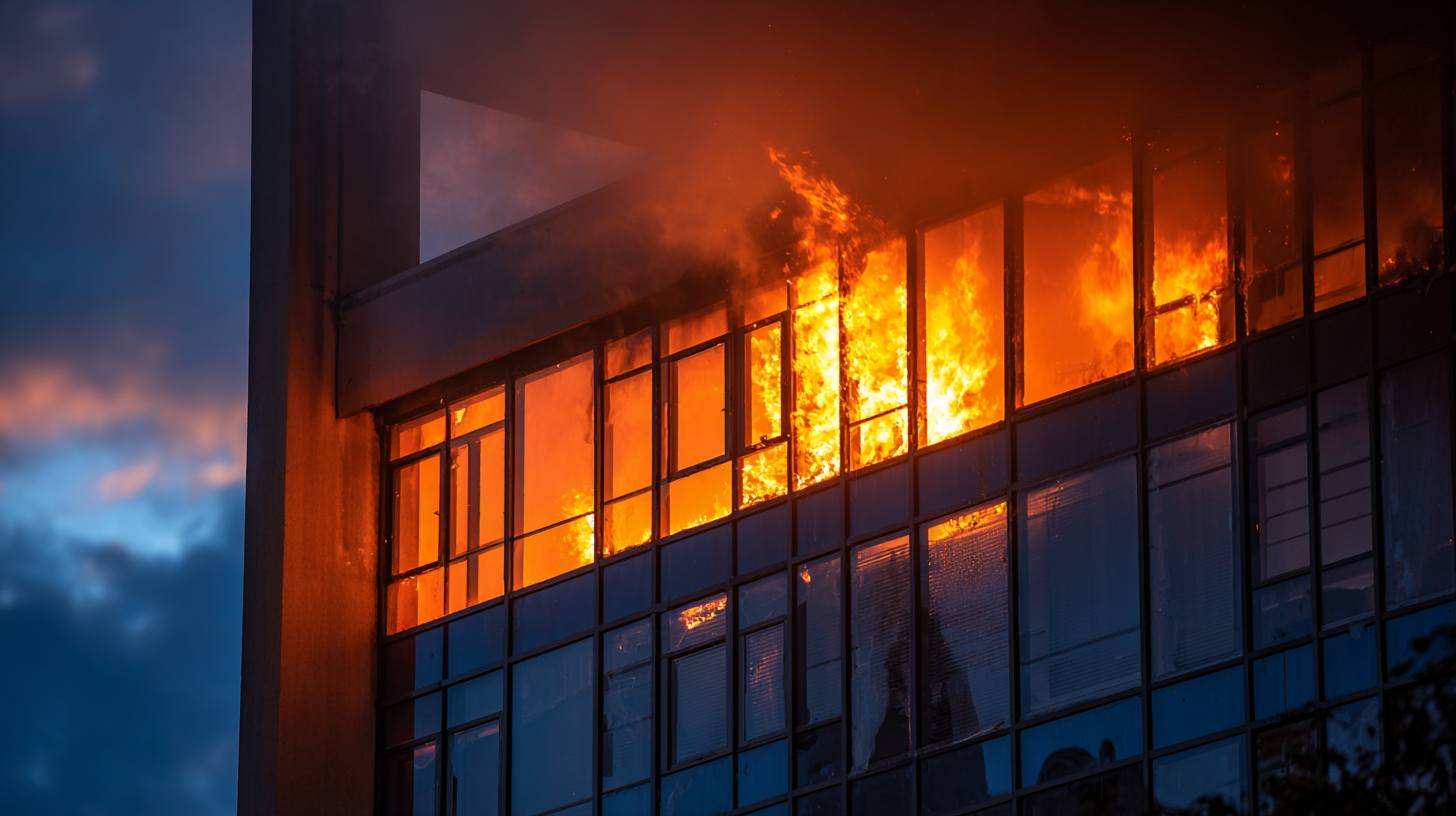
When selecting fire-resistant glass for building applications, understanding the various types available is essential. Fire-resistant glass can vary significantly in terms of materials, performance levels, and structural capabilities. Recent advancements in fire-resistant materials highlight the importance of selecting the appropriate type based on specific building needs. For instance, hybrid solutions combining natural fibers with glass offer promising sustainability benefits while enhancing fire resistance. This innovation reflects a broader trend towards environmentally friendly materials that do not compromise safety.
Moreover, the demand for fire-rated glass is on the rise, driven by aesthetic considerations and improved manufacturing techniques. Tests comparing different glass types, such as laminated safety glass and timber-glass composites, reveal varying levels of fire performance, making it crucial for architects and builders to understand the implications of these differences. By staying informed about the latest developments and testing methods, professionals can make better decisions that ensure both safety and design integrity in their projects.
When selecting fire-resistant glass for your building needs, several key factors must be considered to ensure optimal safety and compliance with building regulations. First and foremost, understanding the specific fire rating requirements is crucial. Fire-resistant glass is classified based on its ability to withstand high temperatures and prevent the passage of flames and heat. Different applications, such as doors, windows, or partitions, may require varying levels of resistance, so consulting local building codes and standards is essential.
Another important factor is the type of glass material available. Common options include tempered glass, laminated glass, and ceramic glass, each offering unique benefits. Tempered glass is known for its strength and safety, while laminated glass provides added protection by holding together even when shattered. Ceramic glass can withstand extreme temperatures and is often used in high-security applications. Evaluating the intended use of the glass, along with factors such as aesthetics and energy efficiency, will help you make an informed decision tailored to your building's needs.
| Factor | Description | Performance Rating | Usage Recommendations |
|---|---|---|---|
| Temperature Resistance | The maximum temperature the glass can withstand without compromising its integrity. | Up to 1,200°F (650°C) | Industrial facilities, Fire-rated doors |
| Fire Rating | Time duration the glass can withstand fire while maintaining integrity. | 30 to 90 minutes | Commercial buildings, Multi-family housing |
| Thickness | The measurement of the glass layer affecting strength and insulation properties. | 6mm to 12mm | High-rise buildings, Partitions |
| Clarity | Level of transparency required for aesthetic or visibility purposes. | Clear, Tinted, Frosted | Facade panels, Interior windows |
| Cost | Budget considerations when selecting fire-resistant glass types. | $30 to $150 per square foot | Residential buildings, Renovation projects |
When selecting fire-resistant glass for building projects, understanding fire ratings and certification standards is crucial to ensuring safety and compliance. Fire ratings, expressed in terms of how long a material can withstand fire exposure, typically follow international standards such as ASTM or EN, which are essential for guaranteeing performance during a fire event. In recent inspections, it has been noted that some building materials, including cladding, have failed to meet safety ratings, underscoring the importance of transparency from manufacturers regarding their products' true test ratings.
Tips: Always verify the certification of fire-rated products through recognized bodies. Review the fire-resistance test reports to ensure they align with your project’s specifications.
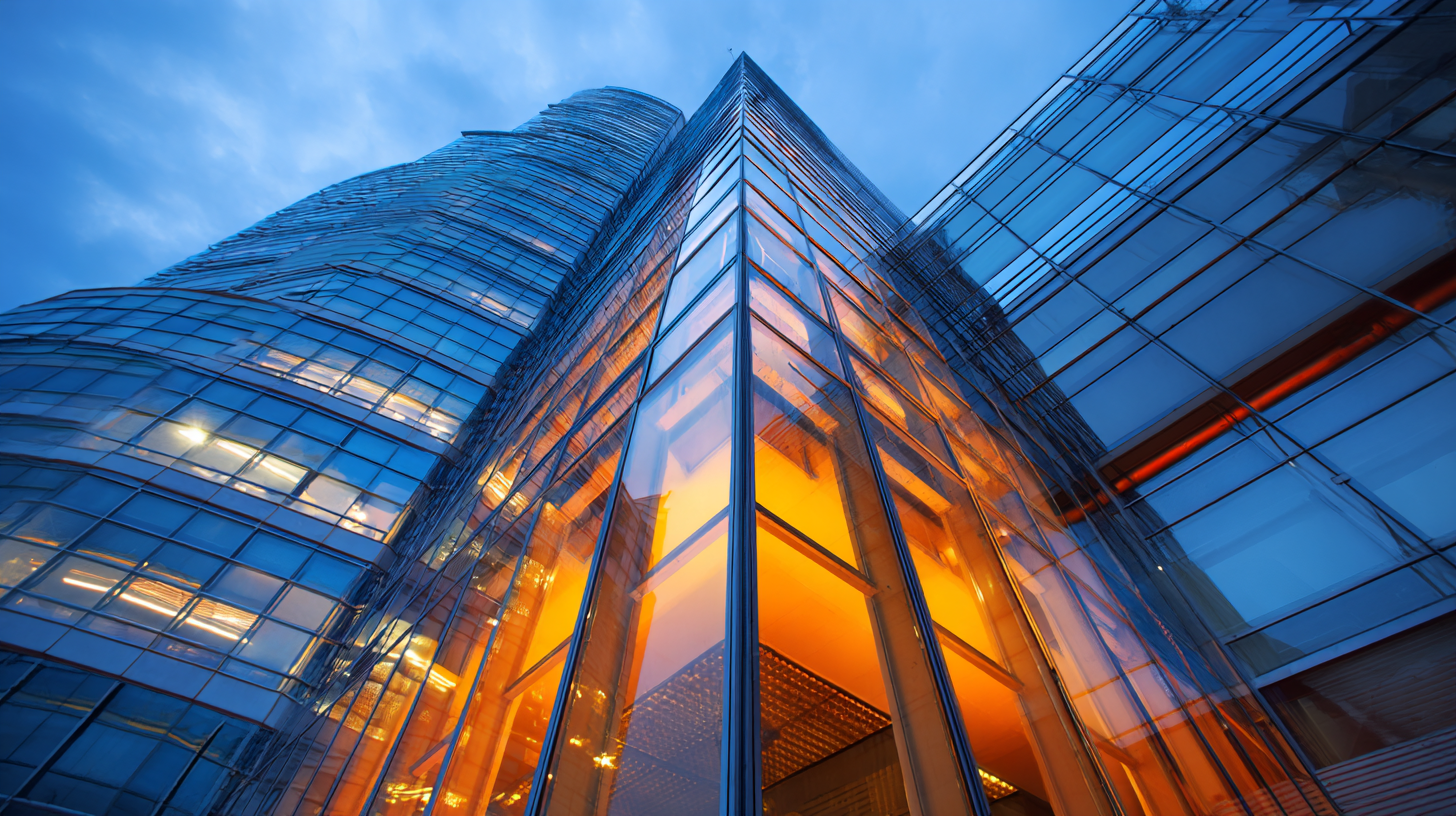
Emerging trends in building materials have emphasized the need for transparency and sustainability, paralleling the increasing scrutiny of fire safety features. Technological innovations have led to enhanced performance of fire-resistant glass, including improved energy efficiency and reduced aesthetic compromise. By focusing on both sustainability and fire safety, builders can address current regulations while promoting environmental responsibility.
Tips: Consider products with dual certifications—those that meet both fire-resistance and sustainability criteria, which can streamline compliance and contribute to overall building performance.
When selecting fire-resistant glass for a building, it’s crucial to strike the right balance between aesthetic appeal and functional performance. The design of a structure often conveys its purpose and enhances its surroundings, so the glass must complement the overall architectural vision. Available in various styles, textures, and finishes, fire-resistant glass can seamlessly integrate into a modern or traditional environment, offering options that ensure visual harmony while maintaining safety standards.
Functionally, fire-resistant glass must meet specific regulations and performance criteria to protect occupants and property from fire hazards. Assessing the building's needs involves understanding the level of fire resistance required, which can vary based on building type and location. It's also essential to consider factors such as insulation properties, light transmission, and acoustic performance. Effective communication with architects, builders, and safety professionals ensures that the chosen glass fulfills both aesthetic desires and functional requirements, providing safety without compromising the visual integrity of the building.
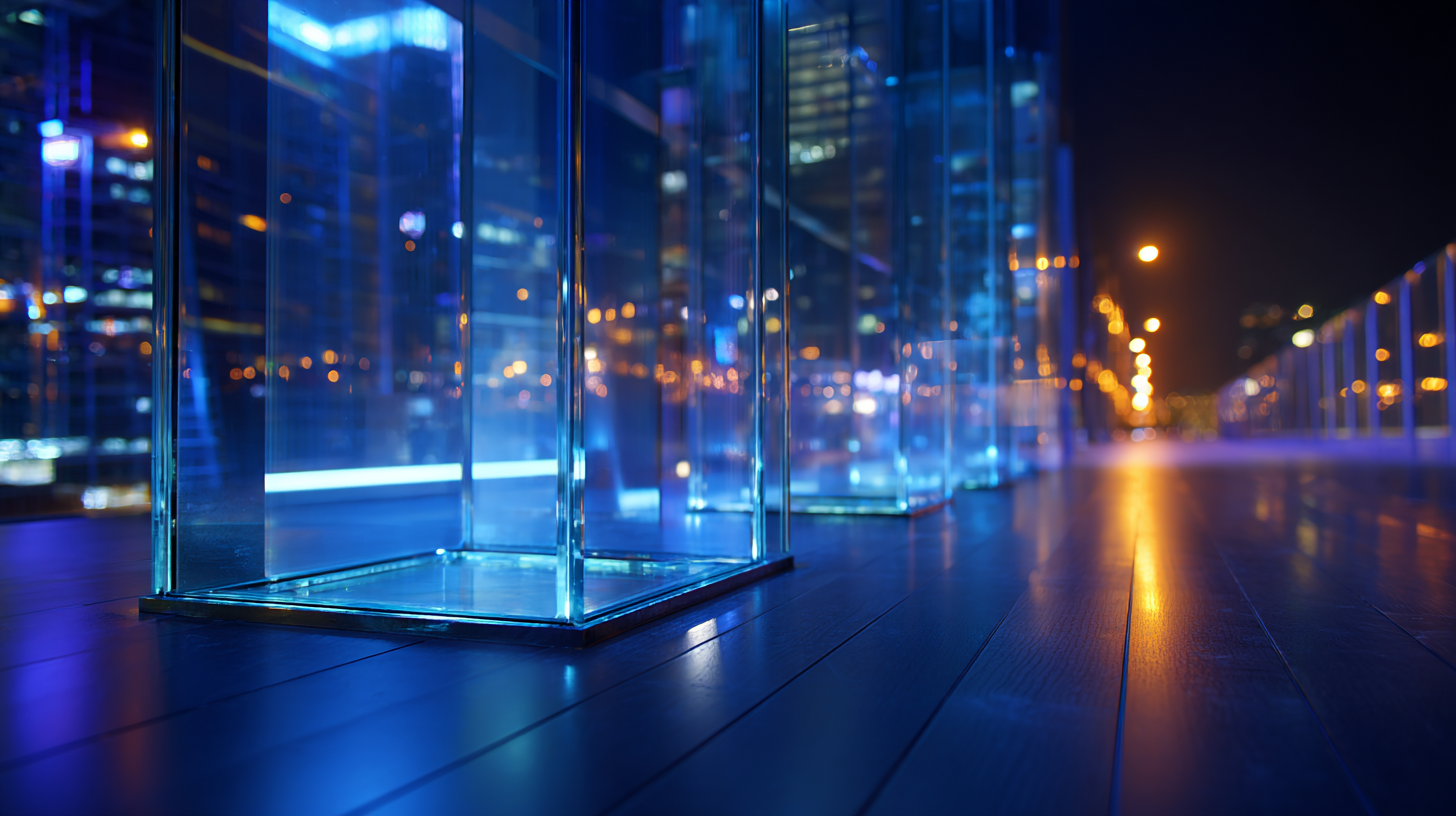
When budgeting for fire-resistant glass installation, it's essential to consider both the upfront costs and long-term benefits. Recent studies indicate that while fire-resistant glass can be more expensive than traditional alternatives—ranging from 20% to 30% higher—the investment can significantly enhance a building's safety profile. Specifically, the cost can vary based on factors such as thickness, type, and manufacturer, but the protection it offers against flames and smoke can potentially save lives and reduce property damage in disaster scenarios like wildfires.
Moreover, advances in technology have improved the affordability and effectiveness of fire-resistant glass. For example, the introduction of dual-pane systems not only provides better insulation but also enhances fire rating capabilities. This is particularly pertinent for buildings in regions prone to wildfires; data shows that homes equipped with proper fire-resistant features can reduce the risk of fire damage by up to 70%. As such, integrating high-quality fire-resistant glass into your building design not only fulfills safety regulations but also presents a strategic financial decision that mitigates risk and can lead to lower insurance premiums over time.
